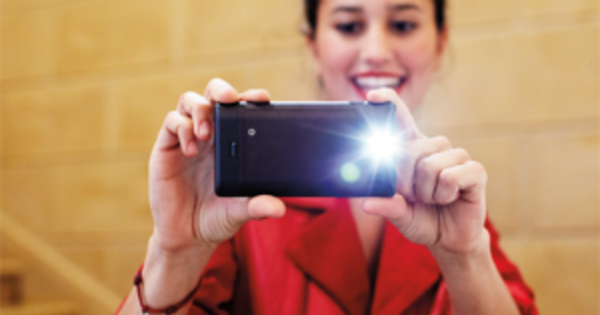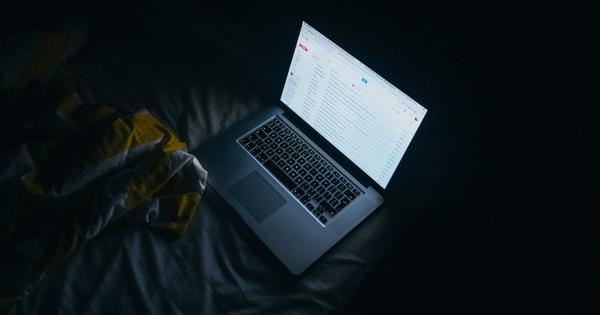With every version of Windows 10, Microsoft is mixing up privacy settings again. And no: not everything that has to do with your privacy can be found under Privacy. More serious is that previously made settings are not always respected after an upgrade. Keep this in mind with the new privacy settings of Windows 10 version 1903.
Windows 10 and privacy was not a golden combination from day one. Slowly things improved here and there. But it is now clear that Microsoft is very curious about what users of its operating system do throughout the day.
Annoyingly, most privacy settings are still set in favor of Microsoft. If you do not want that, then it is important to go through everything that concerns privacy. And especially after every major upgrade (or 'feature update'). Because it is precisely at those moments that many things are set up differently than you would like. Even after the upgrade to 1903 it was hit again. To start with, let's first look at the most logical place. In other words: open the Settings via the gear wheel in the Start menu and click in the window that opens Privacy. You will now see a column on the left with a long list of privacy options. Unfortunately, there is no choice but to go through them one by one. In any case, important Speech and Handwriting and Typing Personal Settings. It really isn't Microsoft's business how you write or talk. So turn it off. Furthermore, it is important to Diagnostics and feedback in front of Base to choose. Not only does this result in a less busy system, but also significantly privacy-sensitive data is sent to Microsoft. And here really applies: the less the better, because after more than four years of Windows 10 it is still not clear what the software giant is sending from your computer. And even with the Basic setting activated, there is still plenty of sending. Be sure to put the option Improve handwriting and typing out of here!
Also speech recognition (below speech) is not necessary, Cortana is not that advanced compared to Google Assistant and moreover, it has long since lost its main role. In fact, as of Windows 10 version 1903, Cortana is more or less discarded. Along with all the recent privacy scandals involving eavesdropping tech giants: another reason to turn this off.

Your data in Windows 10
Now check the settings under the item Activity history. Definitely put the option here Send my activity history to Microsoft from. It's none of your business what you do on your computer. You can also turn the switch under View activities from these accounts set to off. Then you have to go through the App permissions. You can grant or deny access to certain things across a range of categories of apps. The vast majority of apps do not require access to a camera, for example. If you find 'illogical' apps here that would like access to that camera: turn it off. Should it ever be necessary in an exotic case, you can always switch it on. The downside is that if you use a lot of apps from the Microsoft Store, you will see huge lists. It is a pity that access to all kinds of things is not turned off by default and you are asked whether it can be used once, for example, in combination with an app. As is the case in Android and iOS.
Another annoying 'listening setting' is the microphone. If you want to prevent a secretly listening in, it's better to switch it off. Per app or completely.

Hidden dangerous settings
We promised it: not all 'annoying' settings can be found in the Privacy category. Then return to the main Settings panel using the back arrow at the top left of the window. click on Network and Internet and then on the left WiFi. Check if the option regarding connecting to open hotspots is disabled. Automatically connecting to open networks is not recommended.
Also disable all options regarding Hotspot 2.0 networks. This prevents your laptop or Windows tablet from connecting unnoticed to a potentially insecure WiFi network. Return to the main Settings app window. Click on that Personal settings, followed by a click on Lock screen. Put the option under there Show fun facts, tips and tricks and more on your lock screen from. It is not directly a privacy-related setting, but it does prevent unwanted advertising on your home screen from extra traffic between your computer and Microsoft's servers.
Now click in the column on the left on Start, after which you will find a very annoying option in the panel on the right: Occasionally show suggestions in Home. Turn it off without hesitation. If you leave it on, your start menu will slowly but surely be polluted by more and more Store apps that Microsoft thinks should be promoted. In fact, a billboard in your start menu.
Shared experiences in Windows 10
Finally, an indispensable setting. Go back to the main Settings menu and click System. Then click in the column on the left Shared experiences. Preferably set the switch below Apps on other devices (including paired phones and tablets) may open and message apps on this device and vice versa completely out. If you still want to use this feature in combination with your own mobile phone, make sure that below in the selection menu only the option Only my devices is selected. Also under clipboard can you Sync between devices better turn off. Yes, it is useful to copy something on one computer and paste something on the other. It's just very strange that you have to sign in to a Microsoft account for that! Also the clipboard history that's why it's best to put yourself out there.


